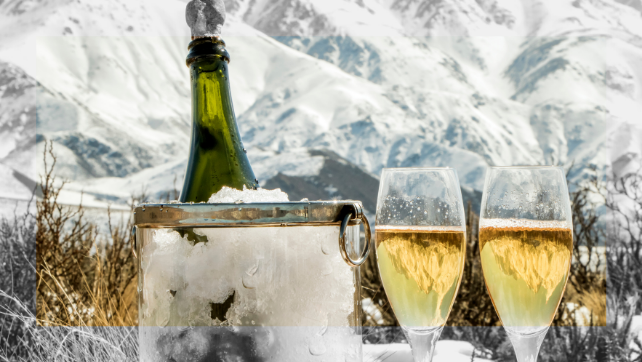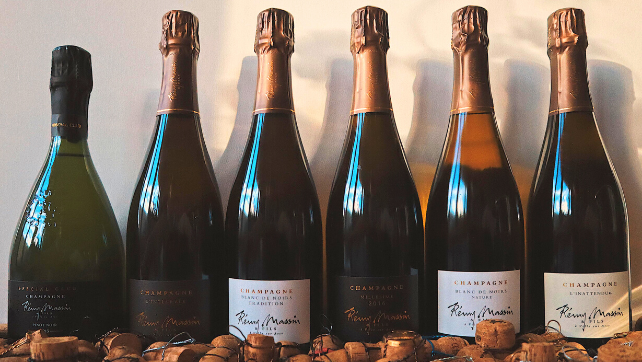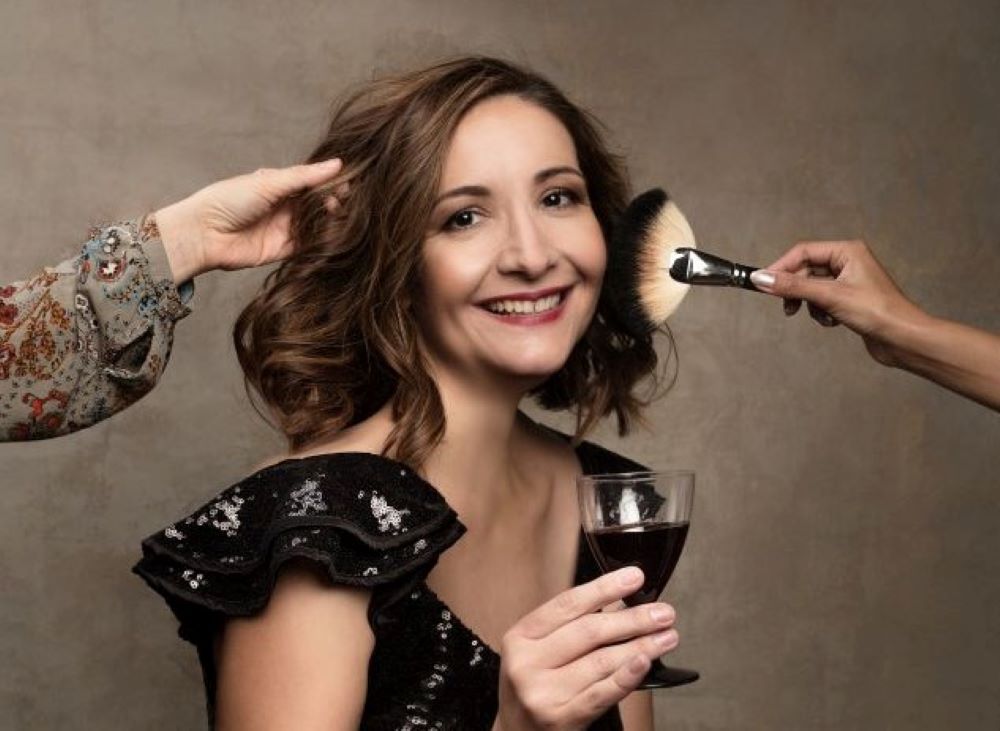How to preserve opened Champagne

credit Canva
Drinking Champagne used to be associated only with special occasions and celebrations. “Used to” but not anymore. Good Champagne used to be very expensive, especially when enjoyed outside of France. In the last 20 years or so many more smaller Champagne producers have entered the market. These small, “grower-producer”wineries (Recoltant Manipulant in French or just RM) that are in their vast majority family owned, used to sell their grapes to the big houses but are now making their own Champagne. It is absolutely delicious and incredibly affordable!
So YES! you can drink Champagne everyday .
How long does champagne last once it’s opened?
But what if you open one of those delicious bottles of Champagne and you are not able to finish it? For how long does Champagne last once it’s opened?
You will be surprised to know that once you open it, your champagne has a shelf life of about 4-5 days and sometimes even more depending on the way your open bottle is stored. If it is not stored properly it’ll go flat, and its lovely aromas, flavours and bubbles will disappear. No one enjoys drinking flat Champagne so how do you keep it from loosing those tantalising bubbles? There are actually several way to do it and not all of them require fancy wine gadgets.
-
Use an airtight Champagne stopper
Champagne corks are bigger and wider than still wine corks. They have to be like that in order to sustain the very strong pressure inside the bottle. Their size and shape make it very difficult to “re-cork” a Champagne bottle using the original cork. And if you thought you could use still wine corks laying around in your kitchen think again. Some might fit but the pressure from the CO2 that still remains in Champagne will pop it out after a little while. A
Champagne stopper is a very efficient and cost effective solution. They are airtight and prevent the gas from escaping the wine. If you know you won’t be finishing the bottle or simply want to keep it as fresh as possible in between refilling your glass, clamp that stopper onto the bottle once you’re done pouring. There are many out there at various price ranges. Choose the one you like and keep those bubbles inside the bottle longer.

Credit Canva
-
Use plastic wrap and rubber band
If you don’t have an airtight Champagne Stopper yet, wrap the top of the bottle with a bit of cling wrap and secure it tight with a rubber band. The wrap will be inflated from the CO2 and look like a small ballon but it will help keep most of the bubbles inside. It is not the most efficient way but it works if you know that you will be drinking the Champagne the next day.

credit Canva
-
Keep your bottle extra cold
It may seem like common sense, but it bears repeating: keep your opened bottles of Champagne in the fridge (not the freezer). After you have closed your open bottle with a stopper place it in the fridge. At cold temperatures CO2 remains dissolved in the wine longer. The colder the champagne, the slower it releases CO2, which helps keep the bubbles right where you want them—in your wine.
While some people swear by it, the spoon-in-the-bottle trick does not work. At least it has never worked for me. When I use a Champagne stopper and put my unfinished bottle in the fridge, my leftover Champagne is always alive and bubbly!
-
Buy good-quality Champagne
As in everything else, quality really matters here too. High quality Champagnes tend to keep their bubbles longer compared to many mass produced out there. Price is important but not always the indicator of quality. There are many high quality Champagnes out there that won’t cost you an arm and a leg. Just look for terms like Premier Cru and/or Reserve on their labels. Or you can visit
our shop and buy your own
Champagne Discovery Box that’s contains the highest quality of Champagnes from boutique, family owned Champagne Maisons. You will be surprised with their quality to price ratio!
-
Eat your bubbles
If all fails, you can always use the leftover Champagne to make tasty Champagne Cocktails or other recipes that call for Champagne as an ingredient.
I have collected quite a few or them here. Champagne Pancakes for breakfast anyone?

Credit photo Maison Rémy Massin
About the author:
 Maria Zioga was born in Greece but spent most of her life living abroad. She studied Political Science and Media and Communication at the London School of Economics and worked alongside the Greek Minister of Finance for 3 years. However, it was wine that captured her heart and became her passion. She is passionate about making wine accessible to everyone and loves teaching about it through fun yet informative seminars. She holds the WSET Level 3 certification and will be starting the WSET Diploma soon. In April 2019, she founded the Geneva Wine Society. She organises wine tastings and wine events in Geneva as well as online. Maria has lived and worked in various countries over the past 20 years.
Maria Zioga was born in Greece but spent most of her life living abroad. She studied Political Science and Media and Communication at the London School of Economics and worked alongside the Greek Minister of Finance for 3 years. However, it was wine that captured her heart and became her passion. She is passionate about making wine accessible to everyone and loves teaching about it through fun yet informative seminars. She holds the WSET Level 3 certification and will be starting the WSET Diploma soon. In April 2019, she founded the Geneva Wine Society. She organises wine tastings and wine events in Geneva as well as online. Maria has lived and worked in various countries over the past 20 years.
Facebook
Instagram: www.instagram.com/vinum_lore_ & www.instagram.com/genevawinesociety




 Maria Zioga was born in Greece but spent most of her life living abroad. She studied Political Science and Media and Communication at the London School of Economics and worked alongside the Greek Minister of Finance for 3 years. However, it was wine that captured her heart and became her passion. She is passionate about making wine accessible to everyone and loves teaching about it through fun yet informative seminars. She holds the WSET Level 3 certification and will be starting the WSET Diploma soon. In April 2019, she founded the Geneva Wine Society. She organises wine tastings and wine events in Geneva as well as online. Maria has lived and worked in various countries over the past 20 years.
Maria Zioga was born in Greece but spent most of her life living abroad. She studied Political Science and Media and Communication at the London School of Economics and worked alongside the Greek Minister of Finance for 3 years. However, it was wine that captured her heart and became her passion. She is passionate about making wine accessible to everyone and loves teaching about it through fun yet informative seminars. She holds the WSET Level 3 certification and will be starting the WSET Diploma soon. In April 2019, she founded the Geneva Wine Society. She organises wine tastings and wine events in Geneva as well as online. Maria has lived and worked in various countries over the past 20 years.